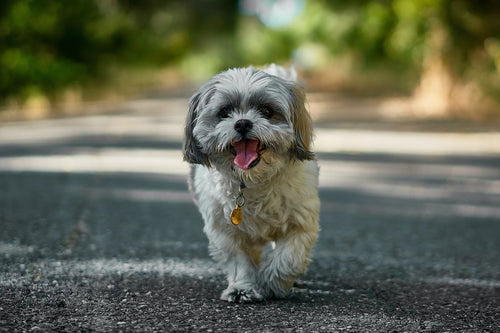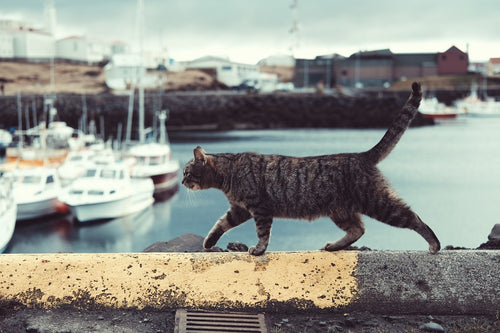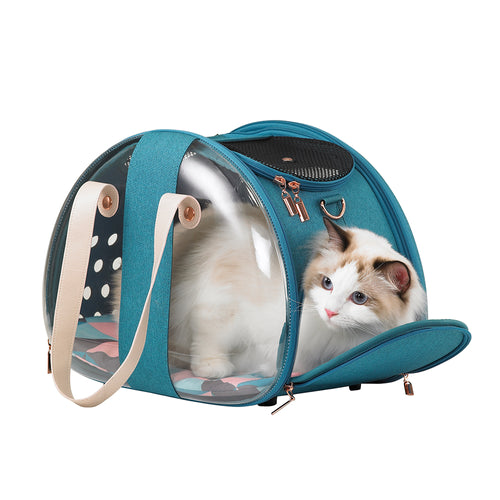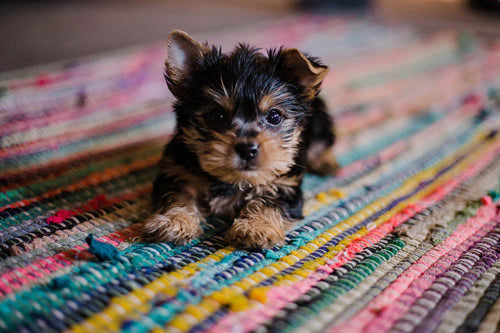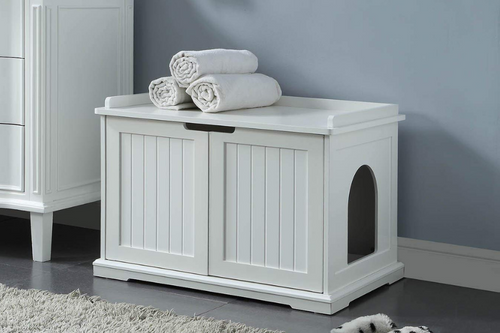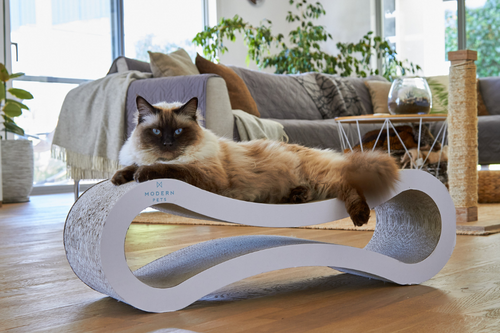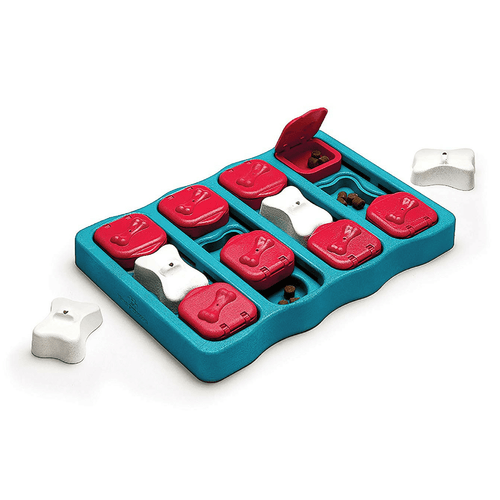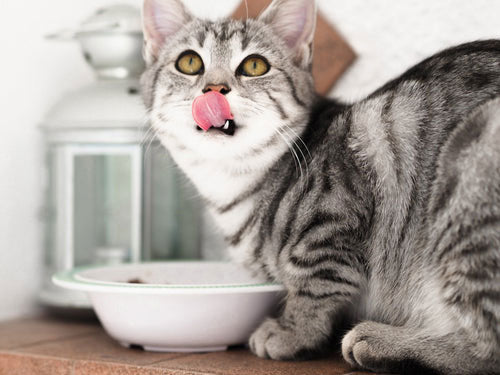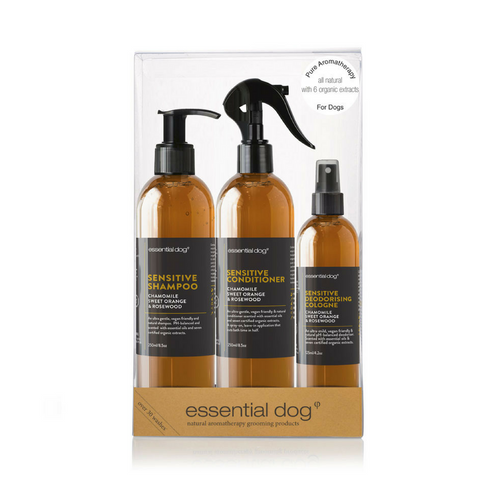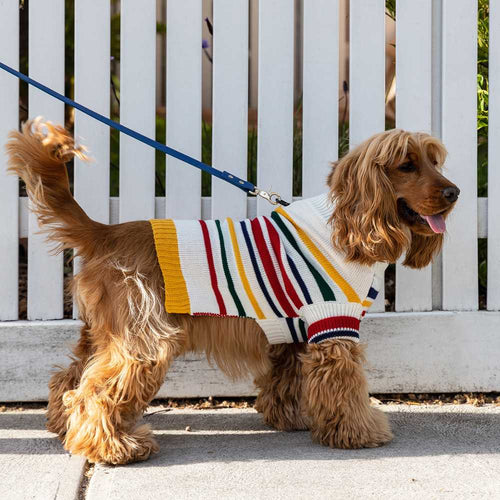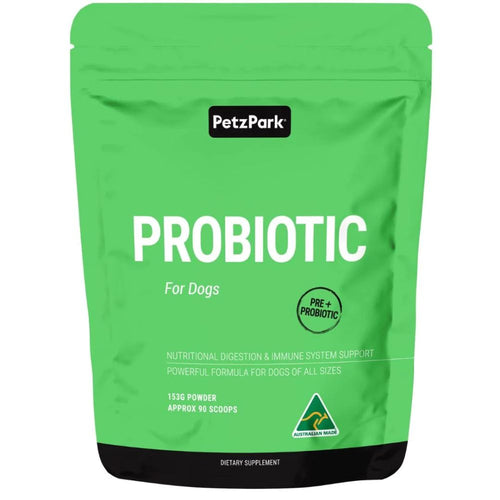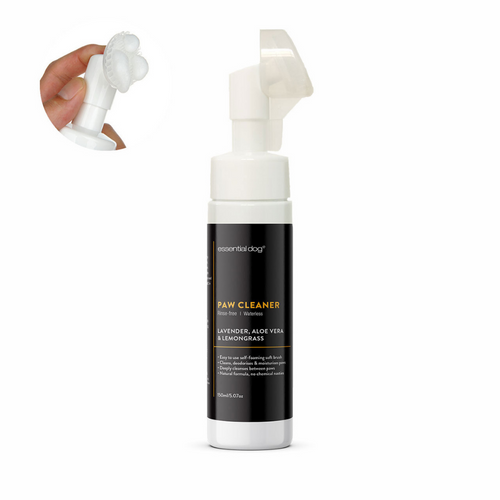Everything You Need to Know About Pets and Water
It’s probably common sense that just like humans and all living things, your pets need water. Dogs, cats, and other pets need water for their bodies to function well. Without enough water in their system, they might get dehydrated, and that never ends well.
Dehydration causes a range of urinary and kidney problems. If left unattended, it can even cause death in the most extreme cases. You will never want that to happen to your pets. You wouldn’t even want to risk dehydration at all!
There is a lot of conflicting information out there when pertaining to how often you should change your pet’s water and how you do other things like clean the bowl. In this article, we’ll be delving deeper into the general rules and indicators as to how often I should change the water for your pets.
Why Do My Pets Need Water?
We’re sure that you already know that water is essential for all living things, but in order for you to understand why, we’ll dive deeper into the specifics. Pets and all living creatures alike need adequate water and hydration to make sure that their organs function correctly. Water is continuously used in the processes of organ functioning.
Aside from helping organs properly function, it also helps in joint lubrication. An adequately lubricated joint helps your pets move easier and gives them more fluidity. Not only this, but the internal tissues and the spinal cord of your pet also need water in the form of moisture to cushion themselves in the body.
Lastly, water is vital in ensuring that your pets eliminate waste without problems. If you’ve noticed, like us humans, sometimes we get indigestion if we don’t drink enough water. That’s because water is vital for our digestive system, and it works together with our gastric juices in breaking down food so we can absorb the nutrients. Water helps with urination and bowel movement for pets too.
How Much Water Should My Pets Drink?
To get a general idea of how much water your pet should be drinking, you have to know how frequently and how much they drink. Most animals have an instinct of when they’re in need of water, and they can do it on their own as long as there’s water nearby.
Despite what you think, cats and dogs don’t need that much water unless you’re taking them out for exercise and other activities. If cats have a diet that consists of primarily wet cat food, they’ll be drinking less water than those with dry cat food. The same goes for other pets. If their food contains a high percentage of water, they won’t need to drink as much, but for those that have a dry food diet, they’ll often be needing to drink more water because there isn’t as much water content.
Aside from the food’s water content, you’ll also have to take into account several factors like the environment, the age, and the health condition of your pet.
If you live with your pet in a hot weather environment, they’ll tend to sweat more, and they’ll be needing to replenish it by drinking more water. As for health conditions, kidney disease, diabetes, urinary infections, and thyroid problems will be increasing your pet’s need for hydration.
To check for signs of dehydration, first look for physical indicators like sunken eyes, pale and dry gums, and dry skin. Your pet might also show signs of having no appetite and depressive behaviour if it isn’t getting enough water. However, those are already extreme signs, and we don’t want them to reach that stage.
Because each individual pet’s preference is different, you’ll have to discover your pet’s drinking requirements through observation. Fill your pet’s water container and try to see how much water they can drink and how quickly they drink it so you can get a general idea of when to refill their water container.
How Often Should I Change My Pet’s Water?
Although they aren’t as sensitive to the water’s quality as humans, your pet still needs constant access to clean water. The difference between us is that they are less likely to be able to tell the difference in the quality of water if you’re placing it in their container.
In order to ensure that the water is clean, you should do a water change at least once a day for bowls or once a week if you are using a drinking water fountain with a filtering system. Aside from changing the water, you also have to ensure that you clean the bowl before refilling it. Pets have microbes in their saliva, and with the way they drink water, they’ll be bound to transfer some of them to the water bowl.
Microbes in the water encourage the growth of bacteria, and you wouldn’t like that. To make sure that this doesn’t happen, you change the water every time you wipe the bowl dry. If you want to take the extra step, you can do a periodical container cleaning by washing your pet’s bowl with hot soapy water at least once every two weeks.
Because you’ll be washing your pet’s container a lot, it’s also vital that you choose better quality bowls, preferably those that are stainless steel or glass over plastic. Even if you don’t use bowls and you have fountains or droppers, we suggest you do the same. Clean them regularly and replace the fountain filters in accordance with the manufacturer’s instructions.
Your pet’s health is essential, and it’s something that should never be taken lightly. Apply the things we’ve listed above and do them routinely to avoid unnecessary problems.


